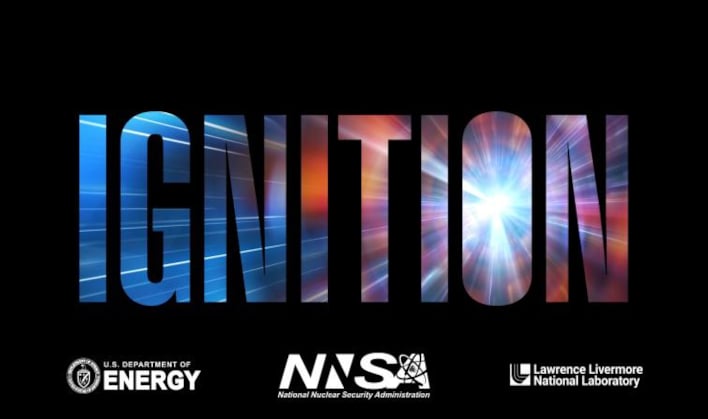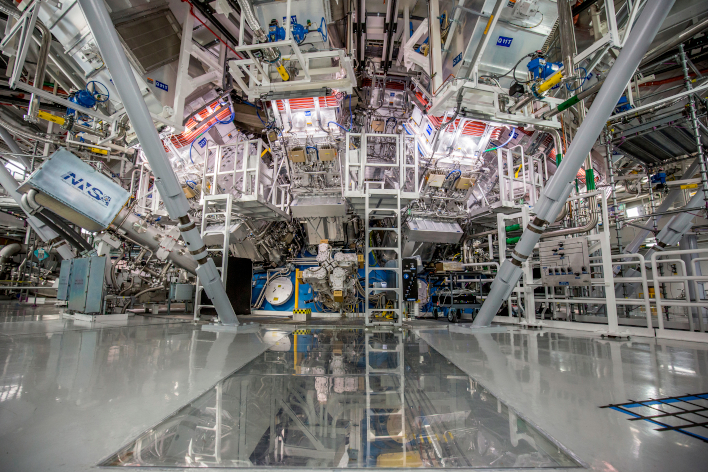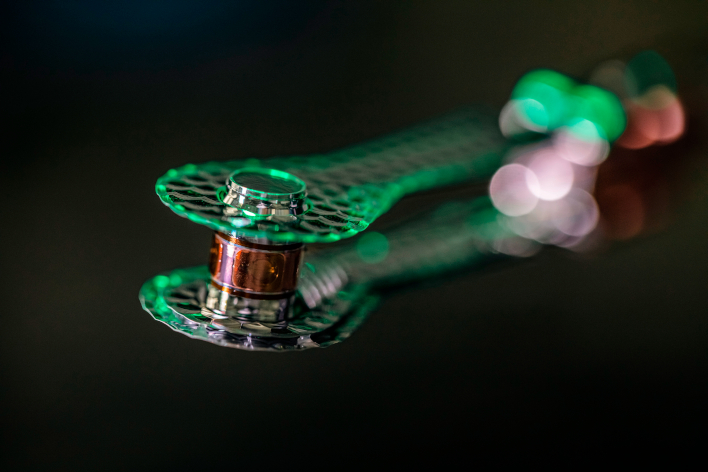Federal Nuclear Weapons Facility Teases Game-Changing Fusion Breakthrough

The U.S. Department of Energy (DOE) announced today that it had made a breakthrough decades in the making. On December 5, 2022, a team from the DOE achieved fusion ignition, also known as scientific breakeven, where it produced more energy from fusion than the laser energy used to drive it. The press release from the DOE stated that this first-of-its-kind achievement "will provide unprecedented capability to support NNSA's Stockpile Stewardship Program and will provide invaluable insights into the prospects of clean fusion energy."
"This is a landmark achievement for the researchers and staff at the National Ignition Facility who have dedicated their careers to seeing fusion become a reality, and this milestone will undoubtedly spark even more discovery," exclaimed U.S. Secretary of Energy Jennifer M. Granholm. "The Biden-Harris Administration is committed to supporting our world-class scientists—like the team at NIF—whose work will help us solve humanity's most complex and pressing problems, like providing clean power to combat climate change and maintaining a nuclear deterrent without nuclear testing."

Dr. Arati Prabhakar, the President's chief advisor for Science and Technology and director of the White House Office of Science and Technology Policy, indicated that we have had a theoretical understanding of fusion for over 100 years. However, the journey from "knowing to doing" has been a long and exhausting one. Prabhakar stated that today's announcement shows what can be achieved with perseverance.

The experiment eclipsed the fusion threshold by delivering 2.05 megajoules (MJ) of energy to the target, resulting in 3.15 MJ of fusion energy output. This demonstrated for the very first time a fundamental science basis for inertial fusion energy (IFE), according to the press release. More developments are still needed to acquire "simple, affordable IFE to power homes and businesses," and the DOE is currently restarting a broad-based, coordinated IFE program in the United States.

